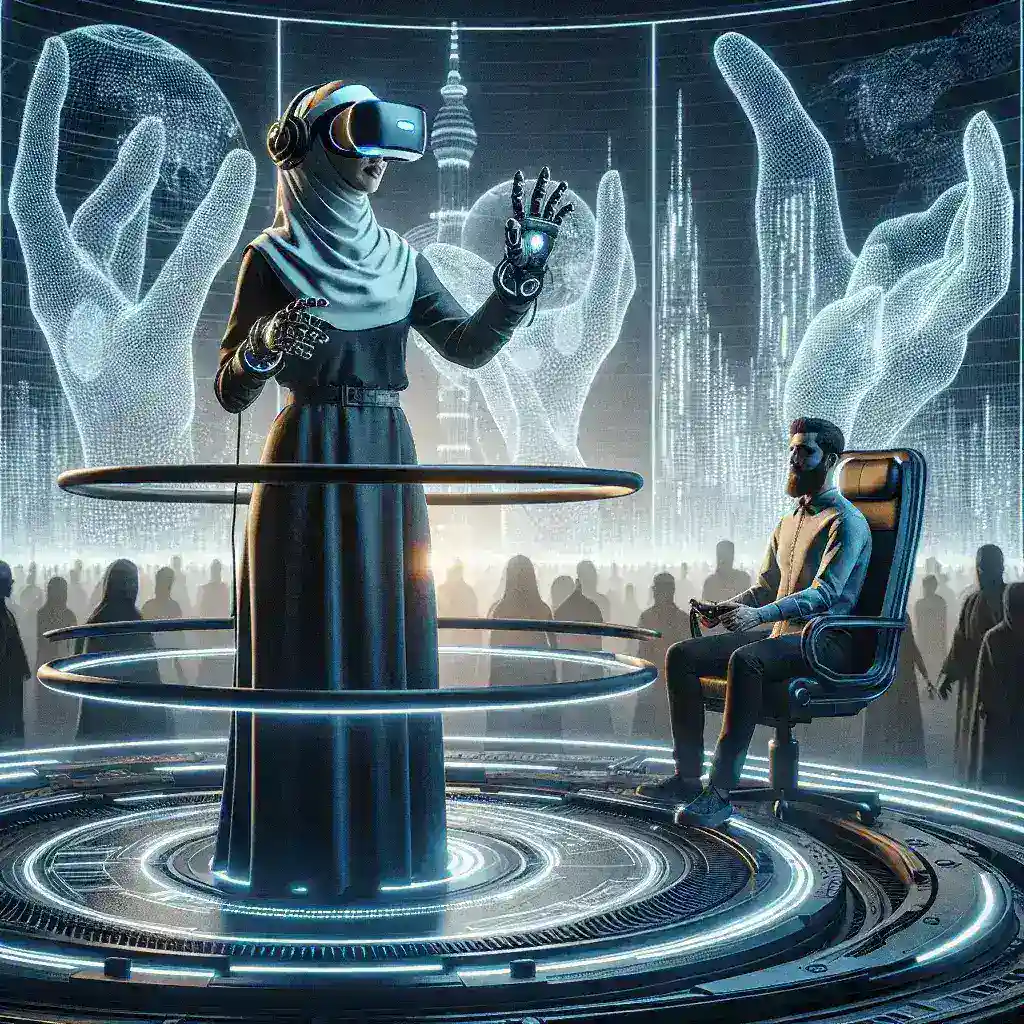The Evolution of Virtual Reality
Virtual reality (VR) has been a topic of interest for decades. From the early days of rudimentary headsets and blocky graphics to today's cutting-edge devices that offer immersive experiences, VR has come a long way. But the question remains: Is VR finally ready for mainstream adoption?
The journey of VR can be segmented into several key phases. Initially, VR technology focused on gaming, offering players a new dimension of interaction. Over time, the technology evolved, integrating more sophisticated hardware and software, promising applications beyond gaming.
Current Advancements in VR Technology
Improved Hardware
Modern VR headsets like the Oculus Quest 2 and HTC Vive Pro 2 have significantly enhanced the user experience. These devices offer higher resolution, better field of view, and more comfortable designs. Unlike their predecessors, these headsets are lighter, making prolonged use more feasible.
Enhanced Software
Software advancements have also played a critical role in making VR more appealing. Today's VR platforms offer a wide range of applications, from educational programs and virtual tours to advanced medical simulations and collaborative workspaces. The software is becoming more intuitive, providing a seamless user experience.
Integration with Other Technologies
The integration of VR with other cutting-edge technologies like artificial intelligence (AI), machine learning, and 5G has further pushed its capabilities. AI algorithms can create more realistic virtual environments, while 5G improves the quality of streamed content, reducing latency and enhancing the overall experience.
Current Applications of VR
Gaming
Gaming remains one of the most popular applications of VR. Titles like «Beat Saber» and «Half-Life: Alyx» offer highly immersive experiences that were unthinkable just a few years ago. These games utilize advanced tracking and realistic graphics to pull players into new worlds.
Education
VR is making significant strides in the education sector. Virtual classrooms and training simulations offer students an interactive and engaging way to learn. Medical schools use VR to simulate surgeries, giving students a hands-on experience that is otherwise difficult to obtain.
Healthcare
In the healthcare industry, VR is used for pain management, physical therapy, and even mental health treatments. Patients can undergo VR therapy to cope with anxiety, PTSD, and chronic pain, making treatments more accessible and effective.
Business and Collaboration
Businesses are utilizing VR for virtual meetings, training sessions, and collaborative projects. Platforms like Spatial allow teams to meet in virtual spaces, making remote work more interactive and engaging. This not only saves travel costs but also promotes a new level of team collaboration.
Challenges to Mainstream Adoption
Cost
One of the significant barriers to mainstream adoption is cost. High-quality VR headsets and accompanying hardware are still expensive, making them less accessible to the average consumer. Although prices are gradually decreasing, this remains a hurdle.
Technical Limitations
Despite advancements, VR technology is not without its flaws. Issues such as motion sickness and the need for powerful computers to run some VR systems can deter potential users. Additionally, the resolution and field of view, while improved, are still not perfect.
Lack of Content
While there is a growing library of VR content, it is not yet vast enough to attract a broad audience. Developers are working hard to create more diverse and high-quality content, but this takes time and investment.
The Future of VR
Despite the challenges, the future of VR looks promising. Continuous advancements in technology and increased investments are likely to address many of the current limitations. The integration of VR into various aspects of daily life is expected to grow, making it more relevant and indispensable.
As costs continue to decrease and more content becomes available, VR will likely become a staple in households and businesses alike. Whether it is used for gaming, education, healthcare, or business, VR's potential is vast and continually expanding.
So, is VR finally ready for the mainstream? While it may not be entirely there yet, it is certainly on the cusp. The progress made so far suggests that it is only a matter of time before VR becomes as common as smartphones and personal computers.

